Facebook Ads Strategy: Understanding Cost Per Action
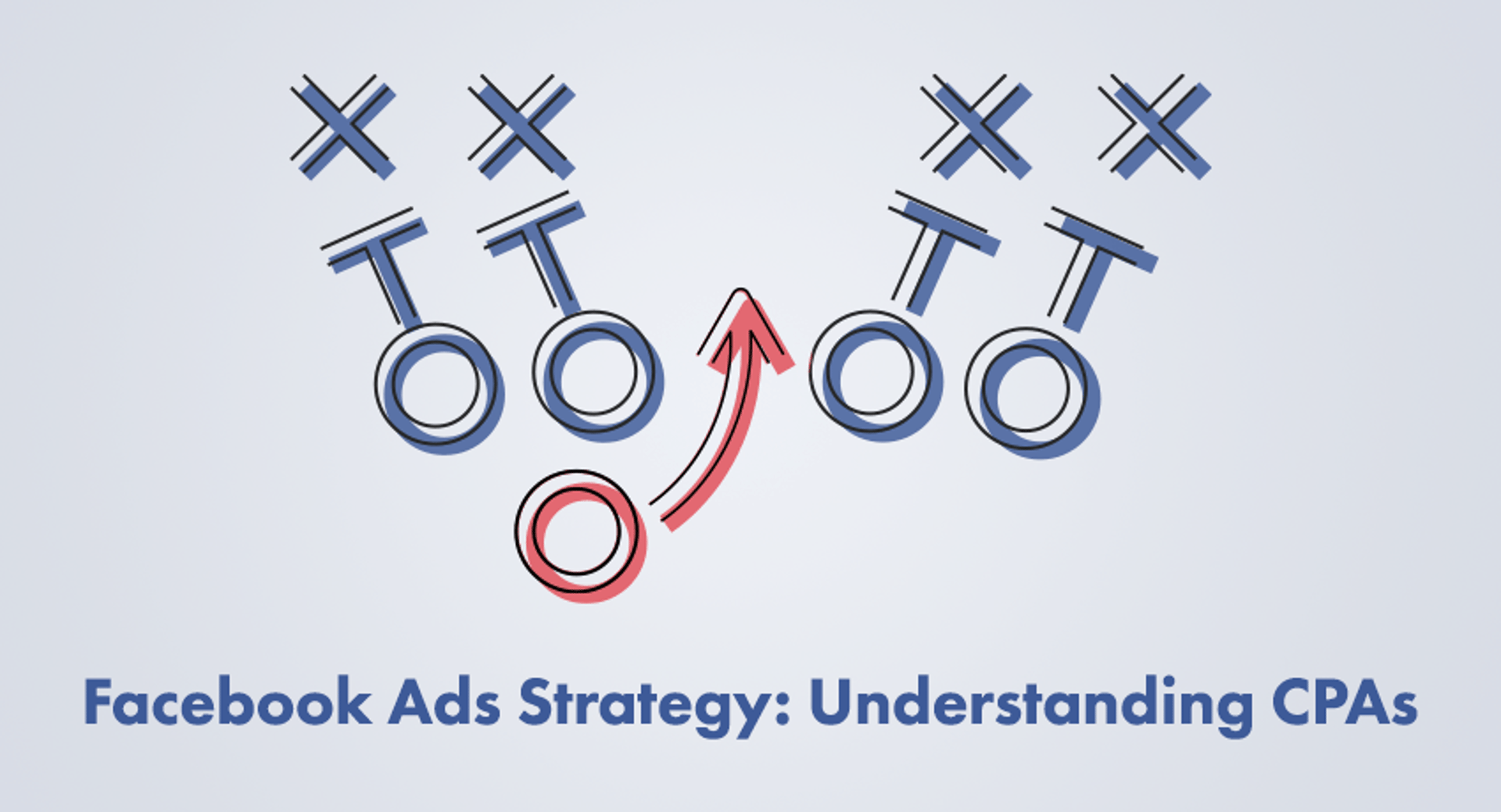
Published 2023-02-22
Summary - Have you tried and failed at Facebook Ads before? Understanding the cost-per-action metric is the key to success. Here’s how to use this simple metric.
Your job as a digital marketer at a high-growth company is to figure out how best to keep your growth sustainable. We’ve used growth hacks and one-off campaigns to achieve great results, but what I ultimately strive for are programs that produce continuous, predictable results.
Which is why I was always hesitant to use Facebook Ads. Over the past 5 years, I’ve dipped my toes into Facebook Ads several times. I’ve tried sponsored posts, targeted campaigns, and even some video advertising. I was disappointed by the results, and initially dismissed Facebook Ads as a way to achieve sustained growth.
Here’s the thing. I was thinking about Facebook Ads in the wrong way. And if you haven’t yet experienced success with Facebook ads, you probably are too.
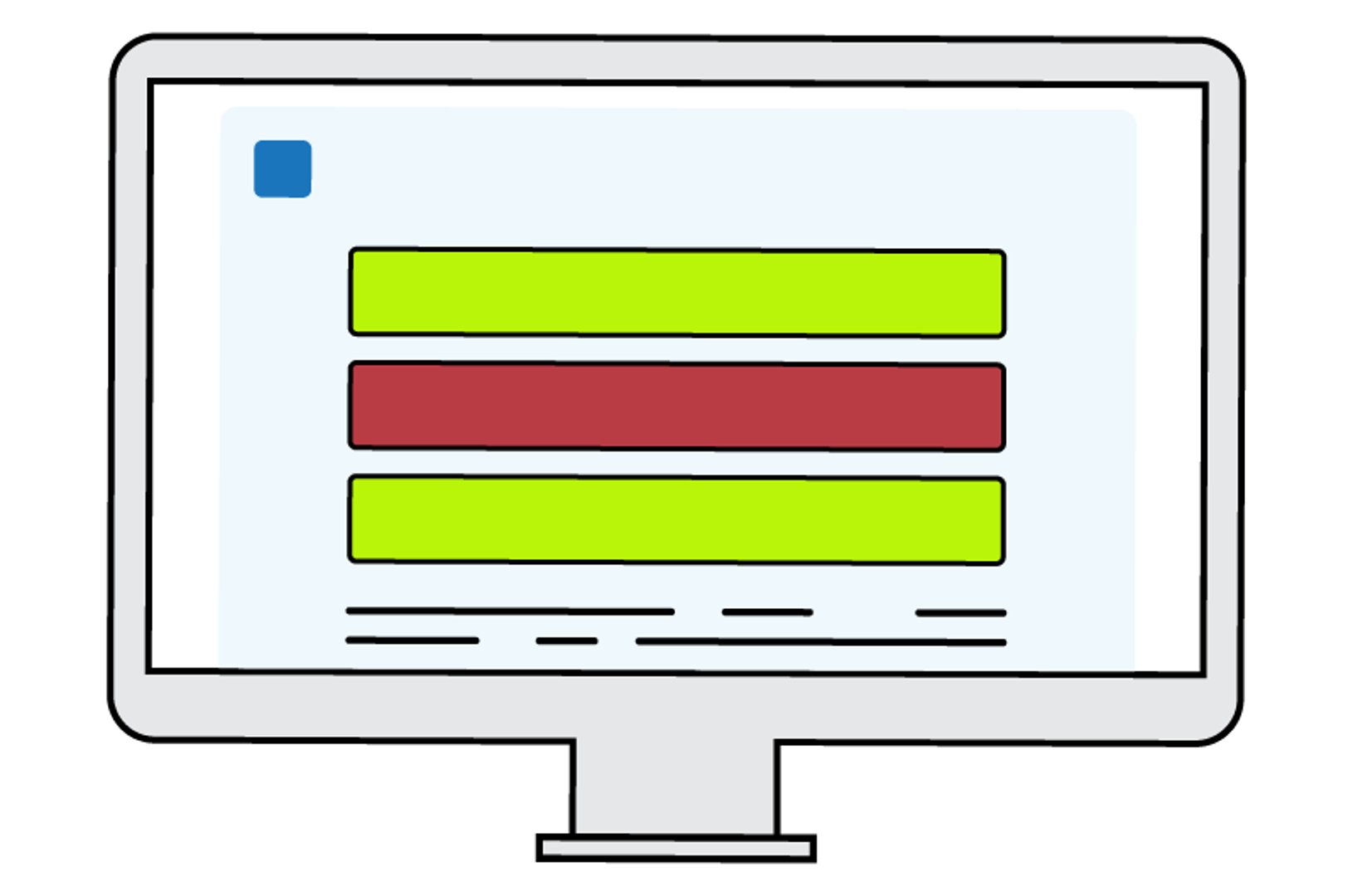
Facebook Ads are interruptive
My first love in digital marketing is search engine marketing. Like many, I got into digital advertising using AdWords and focusing on search. We’ve had good success with these programs, but I have to admit I didn’t think too deeply about why we had success in AdWords but not in Facebook.
I assumed we had good copy, solid landing pages, and a product offering that resonated with our target audience.
That’d be easily transferable to Facebook Ads, right?
Wrong.
With AdWords keyword ads and search marketing in general you have user intent on your side. Someone made the decision to go to Google and enter in a search query because they were looking for something.
Smart AdWords advertisers match their offering to search intent.
Facebook Ads is the opposite. It is an interruptive experience. We’re competing with photos of your friends and family, news events, and memes (like Zap Brannigan reading Trump quotes).
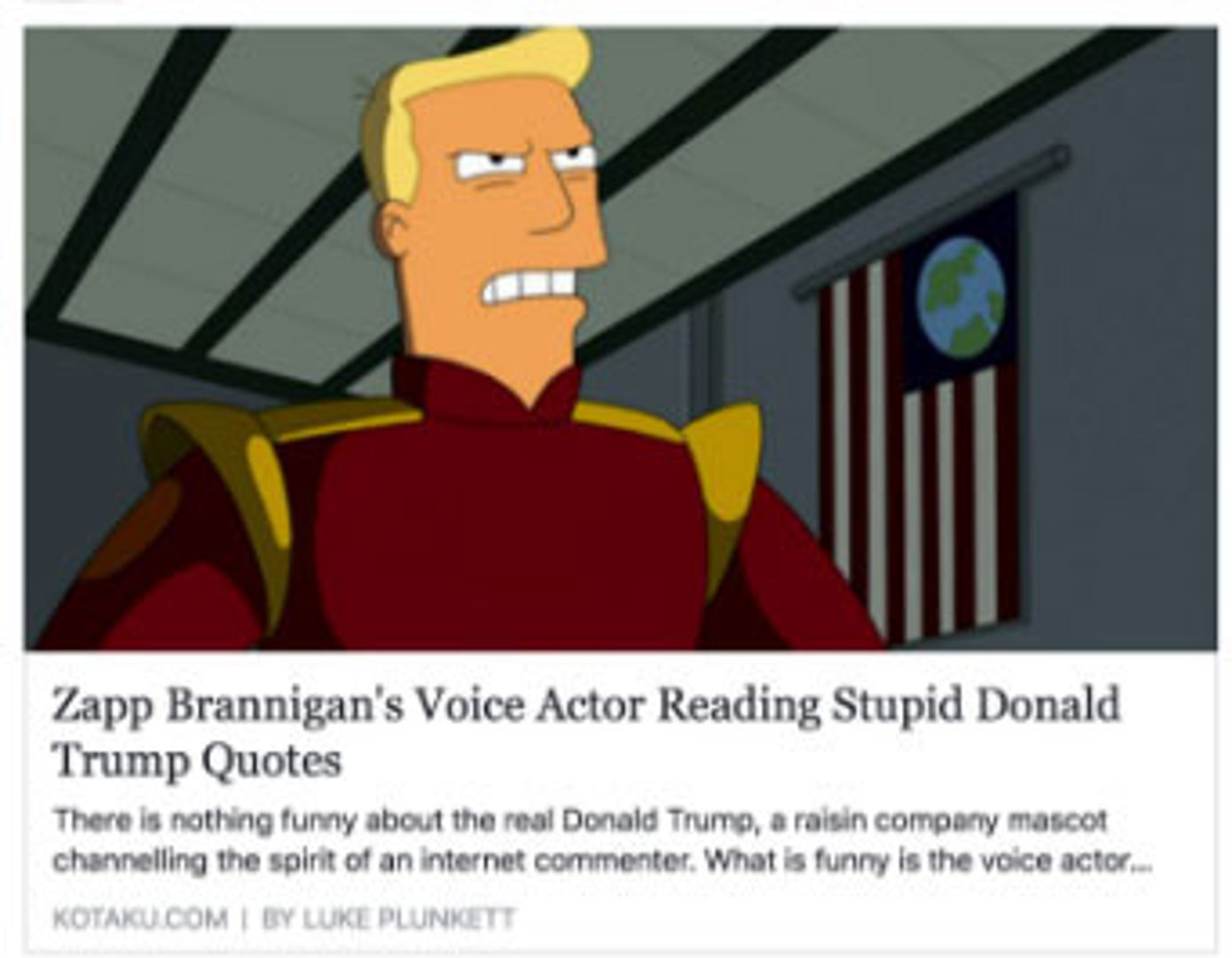
No wonder it’s so easy to fail to connect with Facebook users.
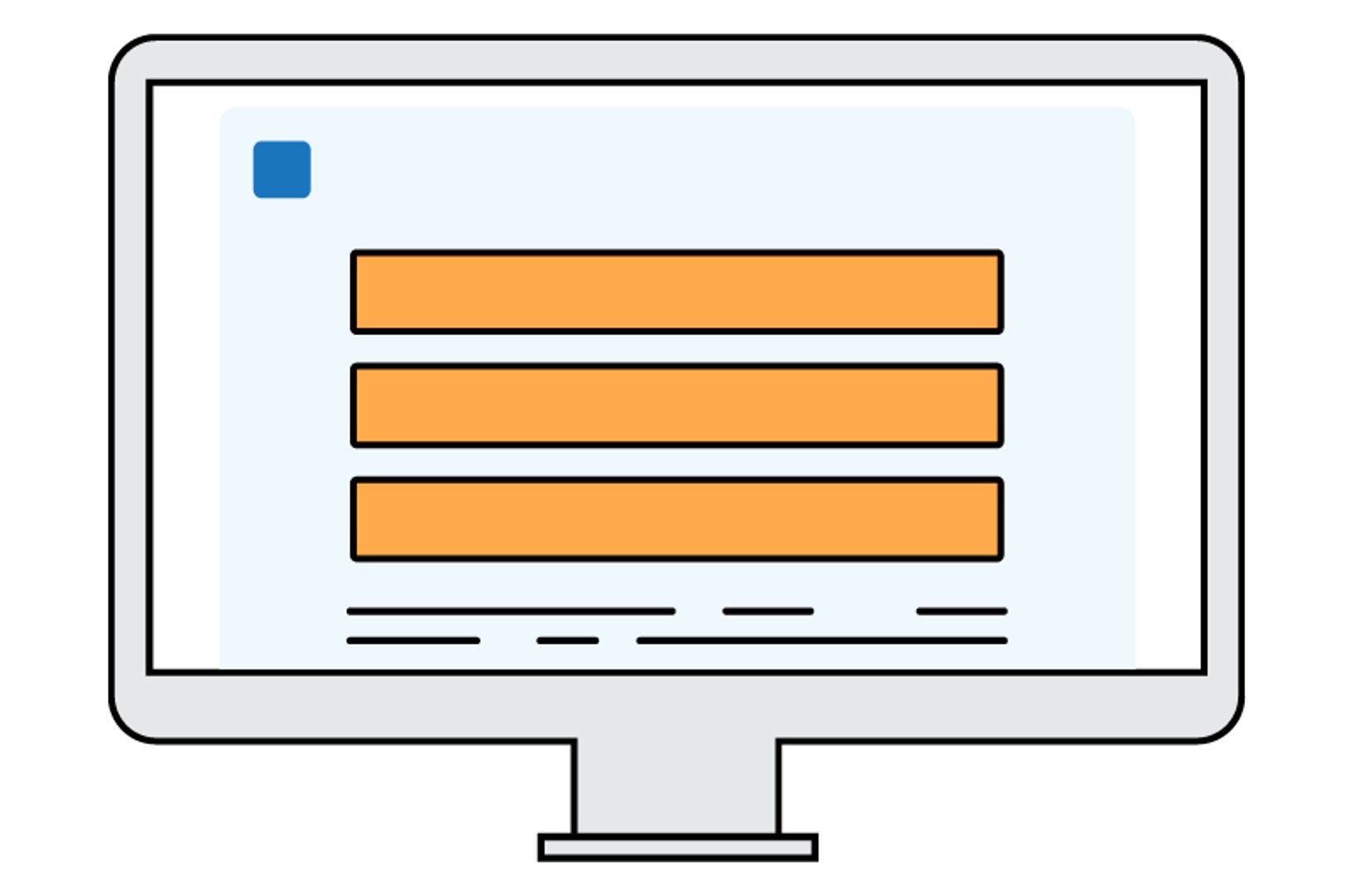
Our Facebook Ads breakthrough: The nicest interruption possible
For us, our big breakthrough came when we framed Facebook Ads for what they are to those on the receiving end: an interruptive experience. Keeping the viewer top-of-mind helped us maintain empathy. After all, if we were going to disrupt their experience, we wanted to disrupt as nicely as possible.
Asking someone to complete an action in an interruptive experience may be a Facebook advertiser’s biggest challenge. Dealing with sky-high costs with little to show for it? Your campaigns are out of sync with your audience, likely in a big way.
What we didn’t expect, but should have, is this:
This wasn’t a game. We didn’t have intent on our side. The “Actions” were a result of real people, and we came to see their time and energy as precious.
That’s when we saw our campaigns go from a cost-center to a revenue driver.
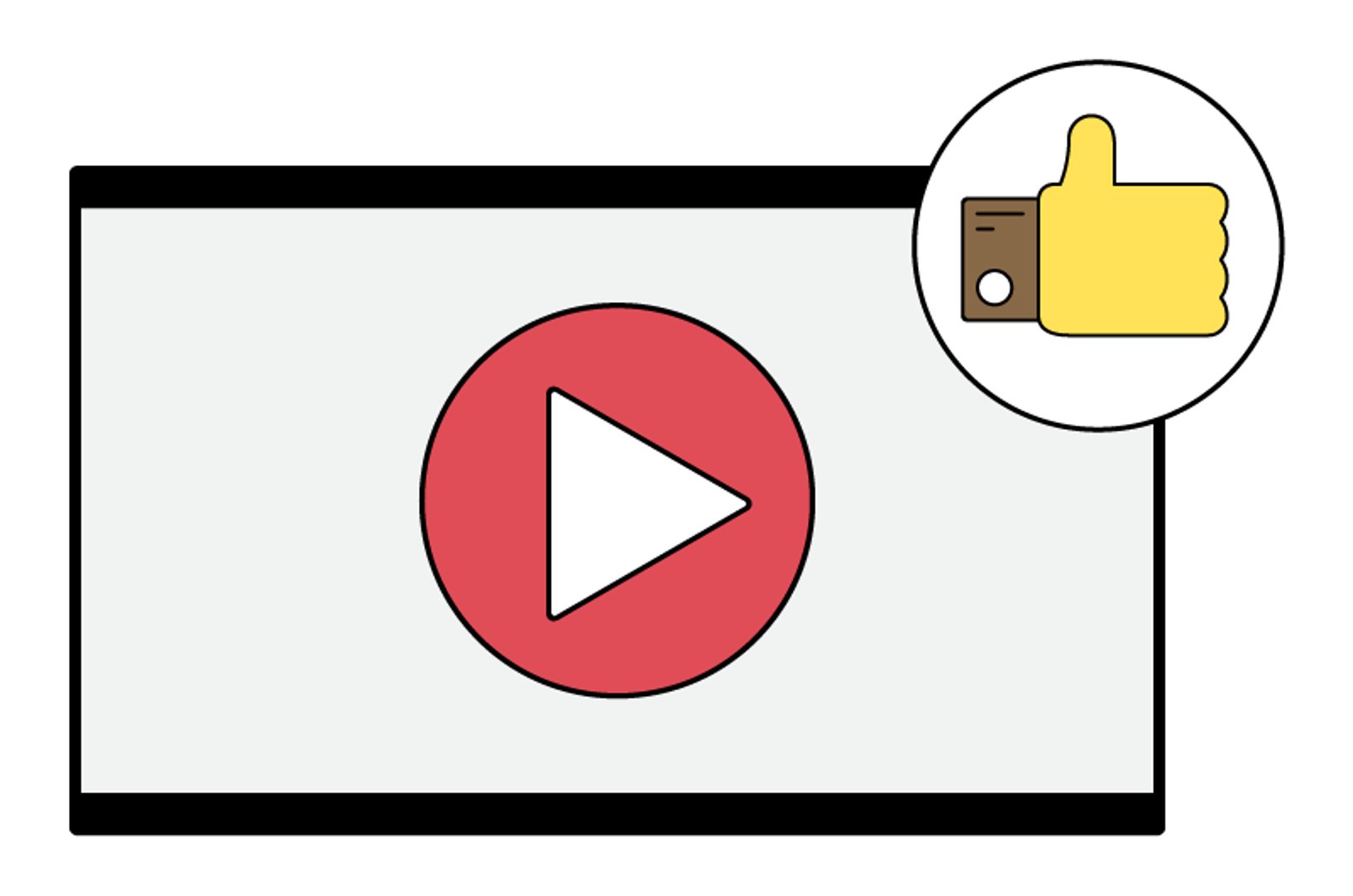
What is Facebook’s Cost Per Action?
Cost Per Action (CPA) is the amount it costs in advertising dollars per desired action. Advertisers can define actions such as lead gen, page likes, video views, mobile app installs, link clicks and much more (https://www.facebook.com/business/help/237396169733125).
When used in lead generation efforts, CPA is synonymous with your cost per lead metric. Which is useful because you’ve already done your math to figure what the optimal cost per lead is based on your LTV-CAC ratio. We take it one step further and calculate an opportunity per lead value, as well. It’s nice for projecting revenue from a campaign, but always requires additional analysis to match real-world scenarios.
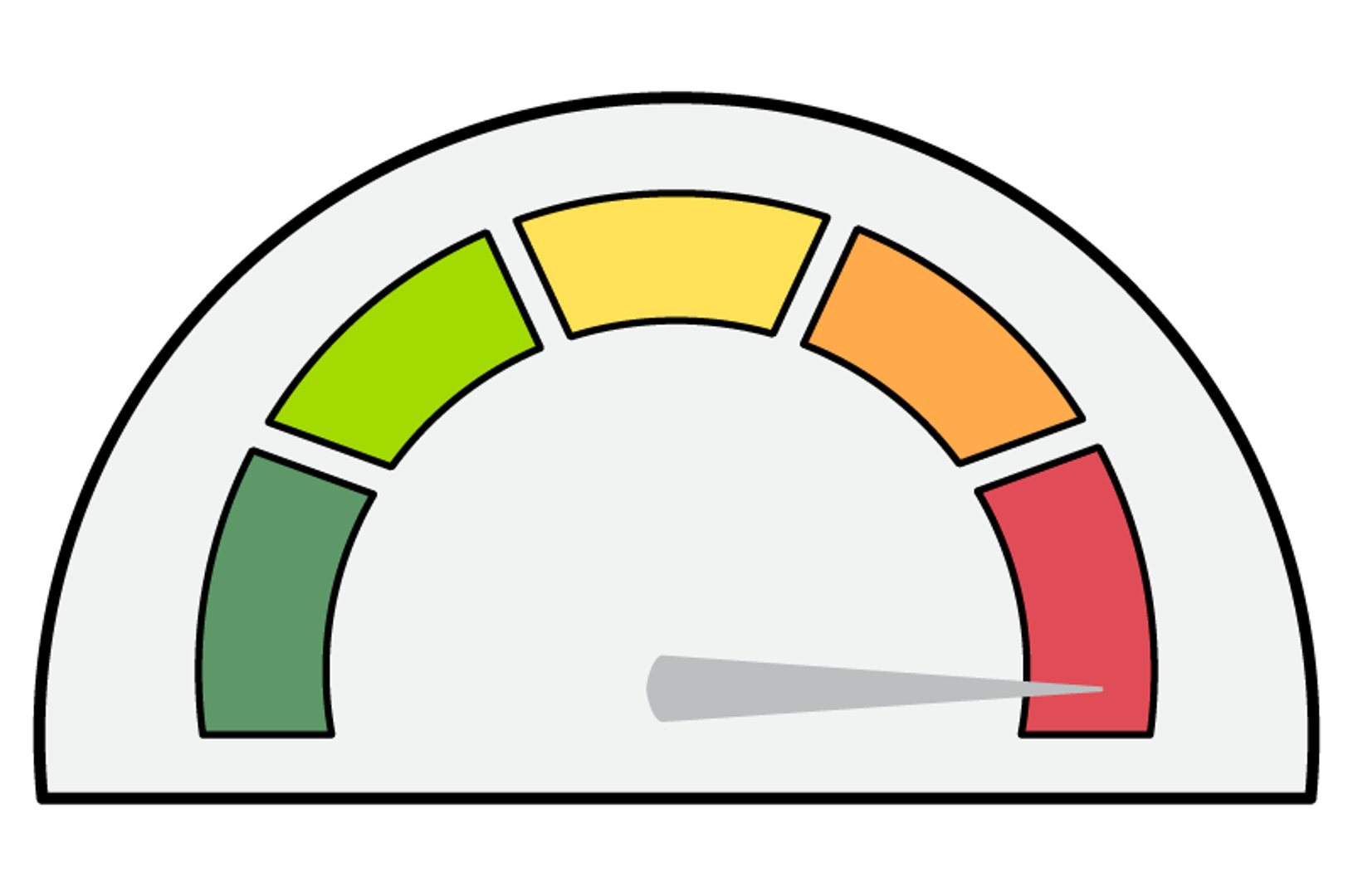
How to manage your Facebook Ads CPA?
I see CPA as a direct indicator of your ability to connect with your audience. If CPAs are high, you’re way off the mark; low CPAs are indicative of a campaign that has found its stride.
Unlike AdWords, where my experience has been you see gradual shifts in CPAs and CPCs over time, Facebook Ads is subject to much more volatility.
Unfortunately, we’ve seen our CPAs double, triple, and even quadruple in just a few short days. It’s painful when that happens.
It’s especially painful when it happens regularly.
That’s what happened to us. We were sitting pretty thinking our ads were performing well (they were), and then all of a sudden CPAs skyrocketed. When we dug into the data, we discovered that our ad frequency number had climbed too high.
In other words, we were saturating our audience with the same ad, over and over. This was the opposite of our compassionate advertising strategy.
But, necessity is the mother of innovation. What this volatility forced me to do was analyze my CPAs in a different way. I started to see CPAs as the result of two metrics: ad frequency and landing page conversion rate.
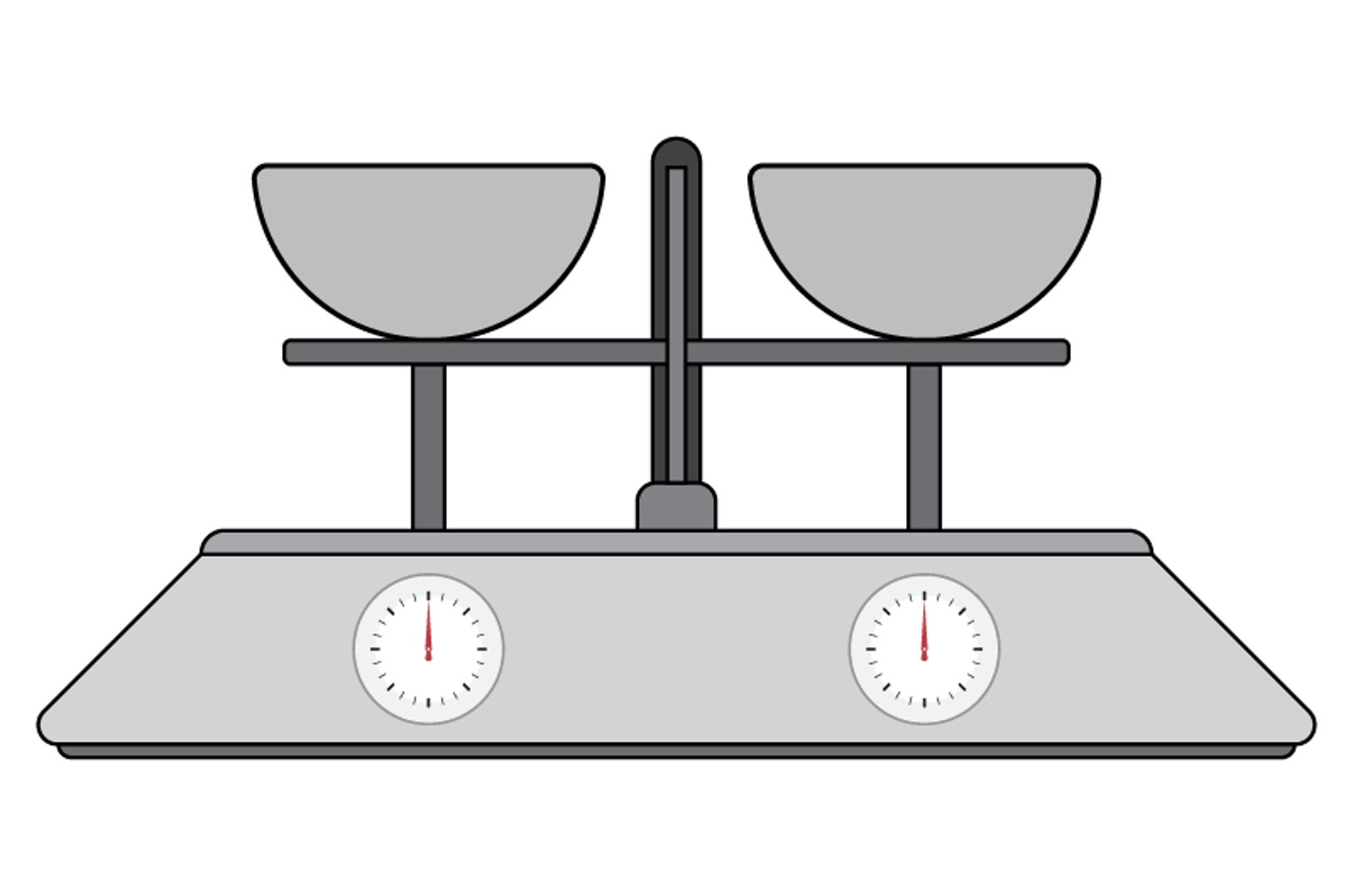
Two levers of CPA on Facebook Ads
In order to keep CPAs at a reasonable level and to build a sustainable Facebook Ads strategy, we needed to figure out a way to eliminate volatility in our account. It wasn’t just counter-productive; it was extremely stressful.
After consulting Facebook Canada and Dr. Google, we came up with a process for managing CPAs. First, we’d keep our ad frequency low by creating a conveyor belt of new creative. Second, we’d optimize our landing pages to ensure they matched user expectations and had high conversion rates.
By actively addressing these two metrics, we’ve brought our CPAs under control. Here’s a glimpse into our process for managing each metric.
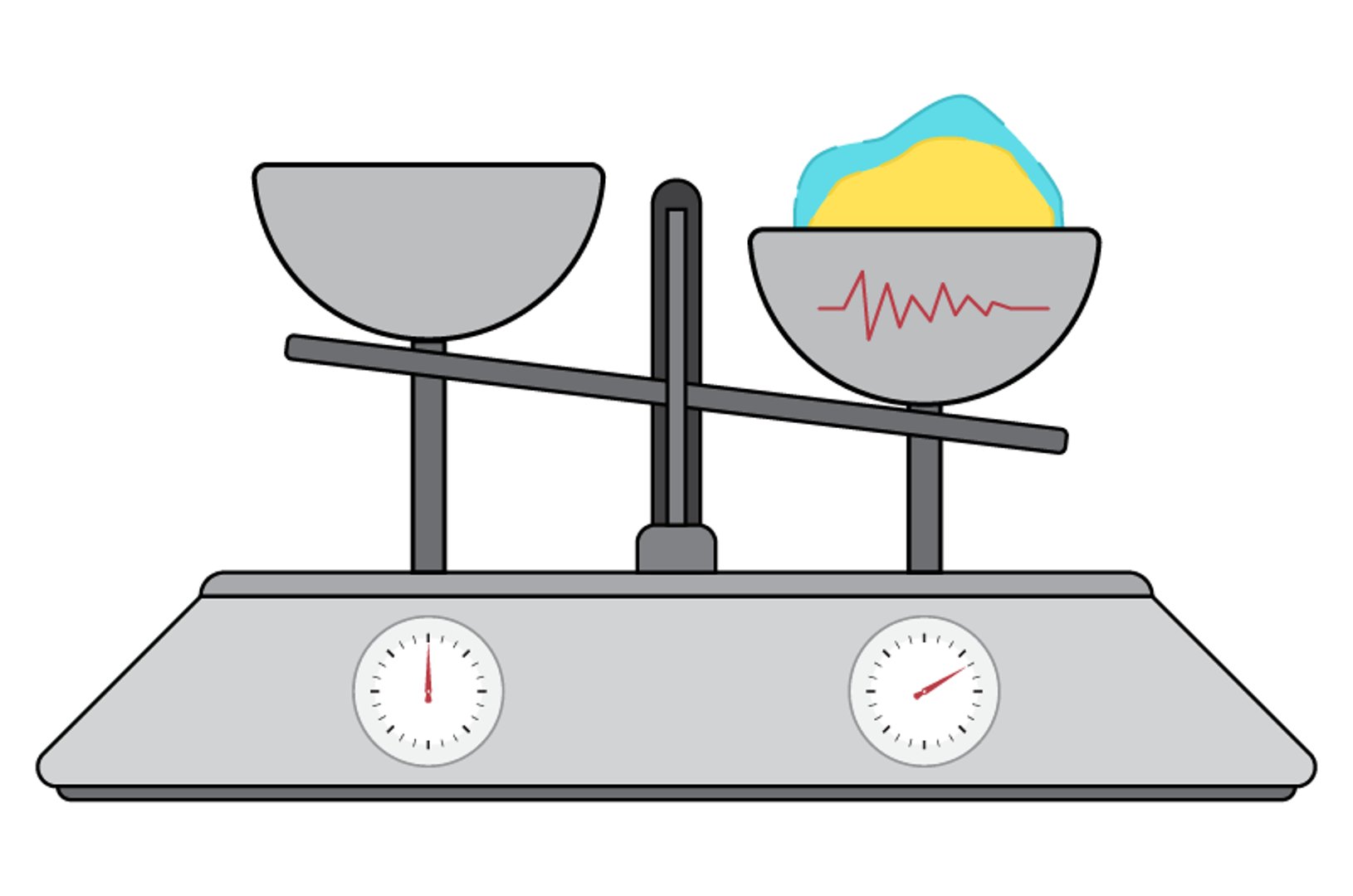
Lever 1 - Ad Frequency
I’ve come to see ad frequency as the number one CPA killer.
Ad frequency and click-through rates are closely tied. When ad frequency rises, your CTRs will plummet. For us, ad frequency of >4 means our CPAs are at risk.
Why does Facebook ad frequency matter? High ad frequency will exhaust the goodwill of your audience. In other words, people will get sick of your ads in a hurry.
Imagine you’re on Facebook and your crazy Aunt keeps sharing the same recipe over and over. We all love watching the food getting chopped, the frying pan sizzling away, and the unveiling of the final product. Does that mean we want to see it a gazillion times?
Refreshing your creative on a regular basis is a necessity. I made the mistake of thinking I could wait until ad frequency started to rise; I couldn’t have been more wrong. Waiting until the last minute is like trying to add a dash of baking powder into your cookies after you’ve already mixed the batter. The chemistry is all wrong, and you know they won’t turn out right.
To make Facebook Ads a sustainable program, you need to make creative refreshes an automatic, mechanical part of your process.
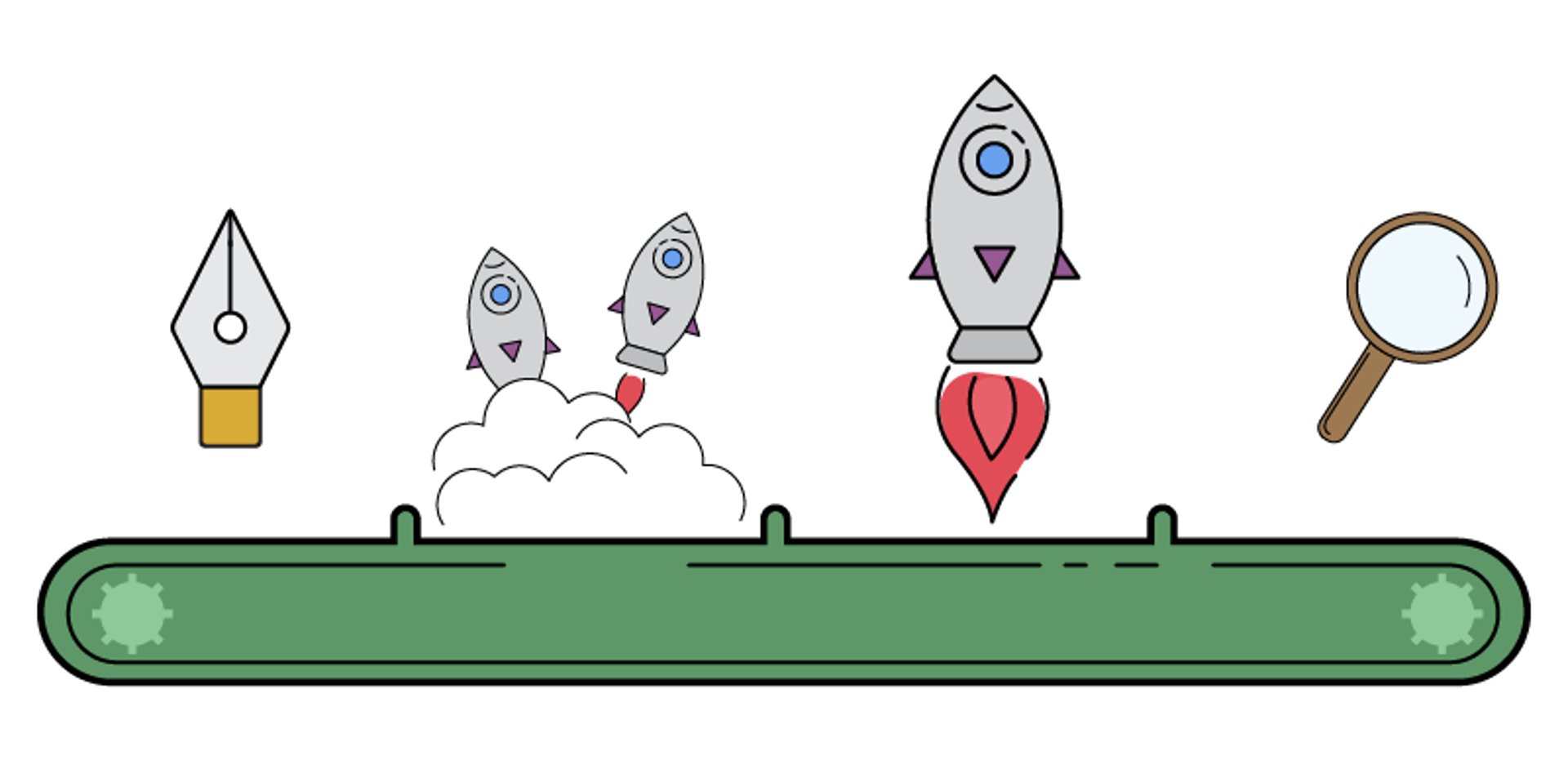
4 week process for developing new Facebook Ad creative
We’ve built a 4 week process that closely reflects the data trends we’ve seen with ad frequency. In our account, we typically have 4 weeks before any single ad creative will reach our frequency threshold.
By creating a discipline around ad creation, we’ve protected ourselves (mostly) from the instability of Facebook Advertising. Even better, we’ve been able to split test ad creative to improve our CTRs and lower CPAs. And because we’re not waiting until CPAs go belly up, we’ve given ourselves time to test ad creative in a handful of ad sets before having to push them en masse. Less volatility = more sustainability.
Here’s the process:
- Week 1: Design and launch new ad creative in 1-3 ad sets. Test and analyze results.
- Week 2: Push all variations to all ad sets. Turn off old ads. Closely analyze initial results.
- Week 3: Pick winning variations from ad sets. Analyze and deconstruct results.
- Week 4: What was learned during weeks 1-3? Use learnings to start creating new ad creative.
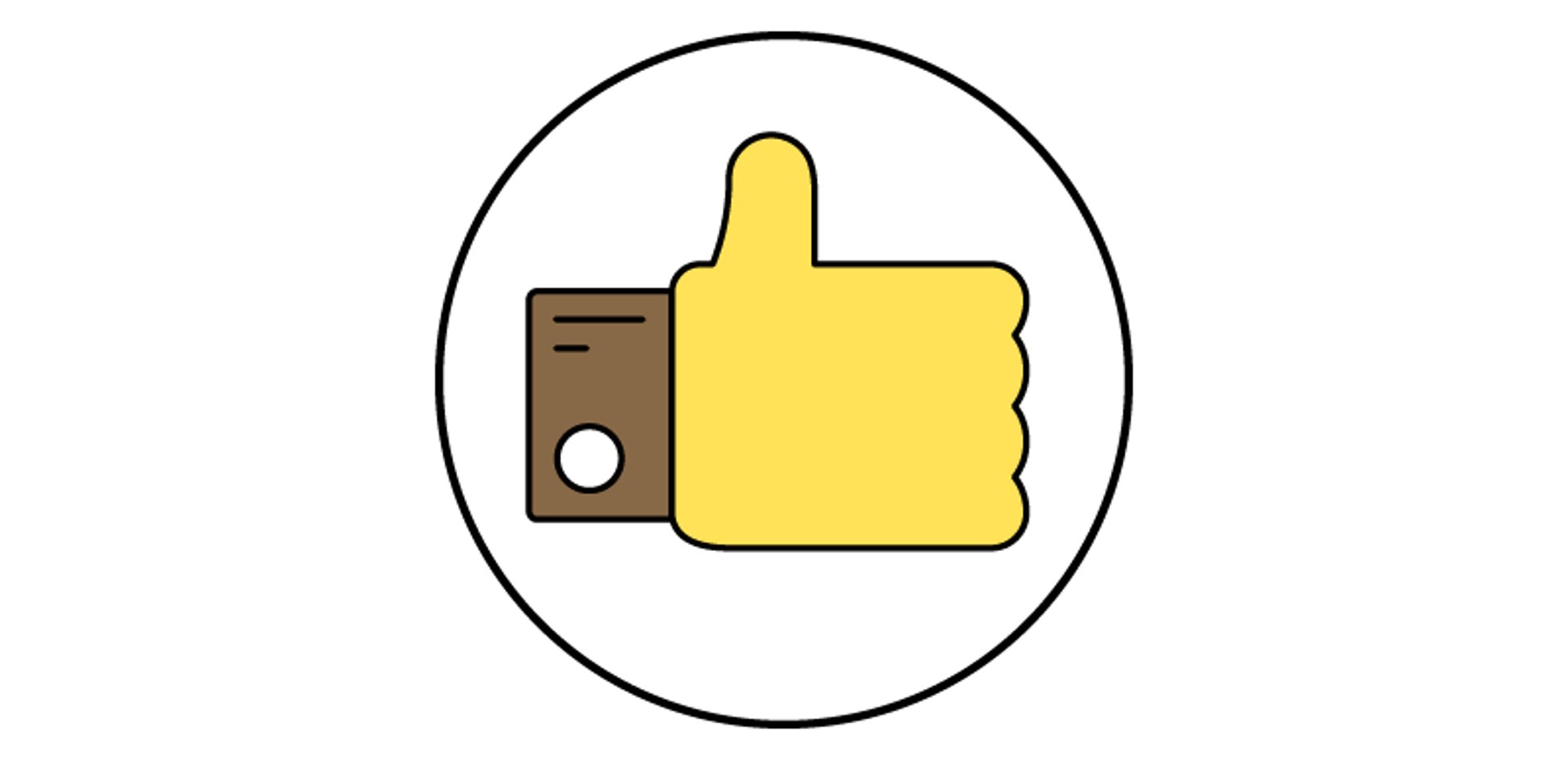
What if your ads are performing well?
I get this question a lot, and it’s a darn good one. Truth is, mechanical subservience to a process when it’s disconnected to results is just plain dumb.
If something is working, then of course I’ll keep it in market. Inevitably, ad frequency will catch up to you and drive CPAs up.
I’ve never seen ad creative resistant to ad frequency.
We do, however, keep all our ad creative in a separate, inactive ad set for quick access. Just because an ad has high ad frequency and CPAs now doesn’t mean it will in a week or month. We’ve had ads paused for months that we’ve called out of retirement to come to the rescue of rising ad frequency. What made them work last year will hold true this year (most likely).
In effect, we’ve created a library of Facebook Ad creative.

Lever 2 - Landing Page Conversion Rate
The second CPA killer is landing page conversion rates. If you’re driving tons of qualified visitors to your landing pages and they do nothing, then things are going to get pricey in a hurry.
I wouldn’t say this was a problem for us, at least not initially. Our experience in AdWords translated well enough into Facebook Advertising that we felt confident to focus on ad creative.
Instead, I started to see landing page conversion rate as a huge opportunity for us. Our baseline conversion rate for paid visitors hovered around 7-8%. Not bad, but could be better.
Beyond that, we knew we could create a better landing page experience for our potential customers. How? Well, they told us in comments on our ads. Yikes.
To talk about how we solved this, I need to introduce you to a killer landing page tool, Unbounce.
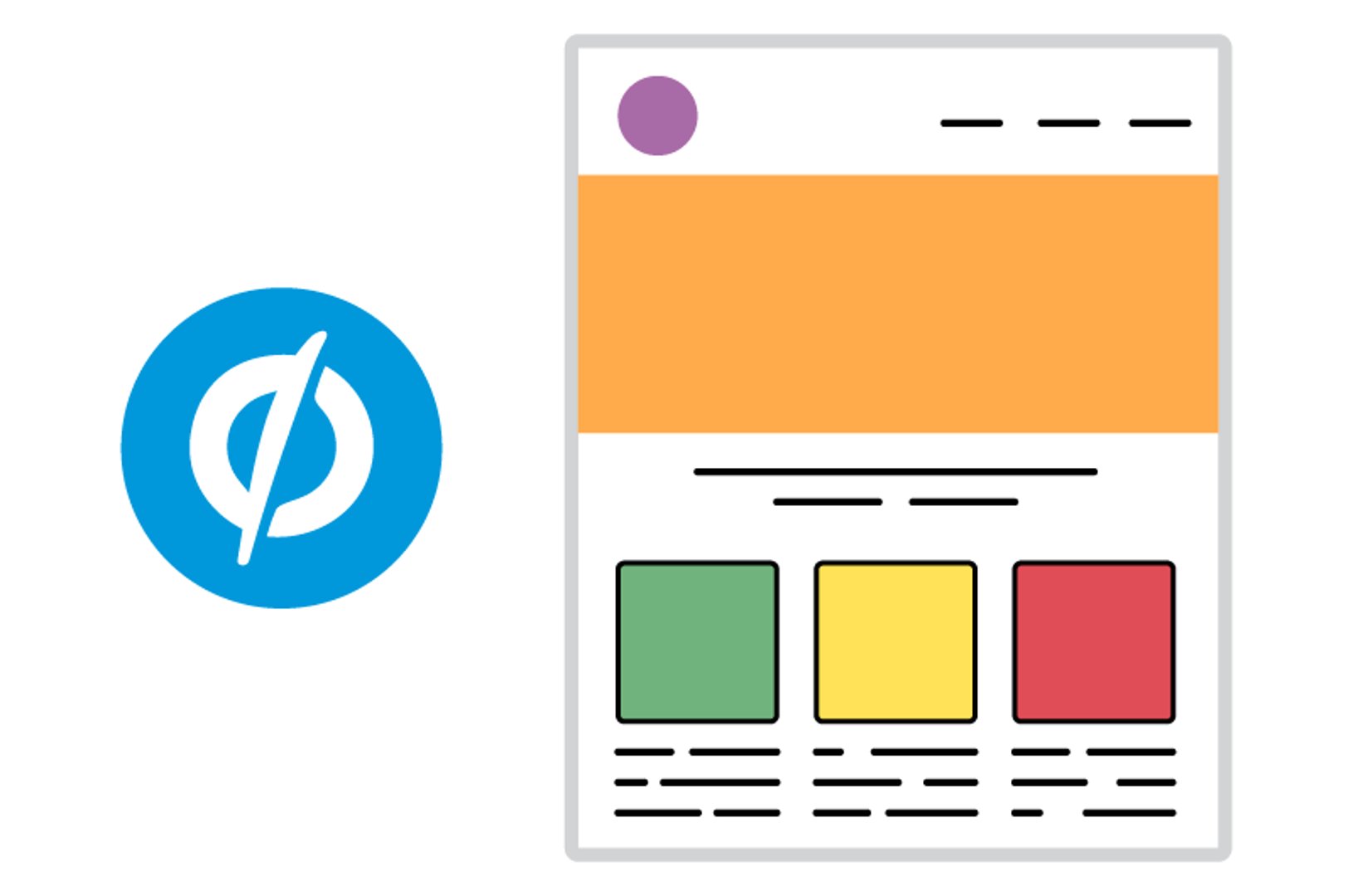
Using Unbounce to scale your landing page creation process
The number one lesson for us as advertisers is to match the landing page design to the ad creative. Showing different copy or images on a landing page adds unnecessary disruption to an already interruptive process.
But beyond that matching, there’s a lot of opportunity to optimize your landing pages for conversions. Little things like button text or the quote in the testimonial can add up to big hikes in conversion rates. To get to these opportunities, you need to rigorously test everything.
We chose Unbounce as our landing page tool because it has allowed us to scale our landing page creation and testing process. At any given time, we can have dozens of pages in market, and we’re constantly testing big and little on-page elements.
We’ve developed a process that we internally call “blocks,” which leverages Unbounce’s ability to easily copy and paste entire sections of a page. Every landing page is comprised of certain elements: a vanity shot, a call to action, a testimonial, an explainer video, etc.
We’ve numbered each block within a landing page, and associated a conversion value with it. That value is an educated guess on the impact that block has on conversions. For example, the vanity shot of a landing page is given a weighting of 35% since we think it’s very important.
From there we test out different blocks on each landing page, accumulating best-practices and learnings that we can apply to all our landing pages.
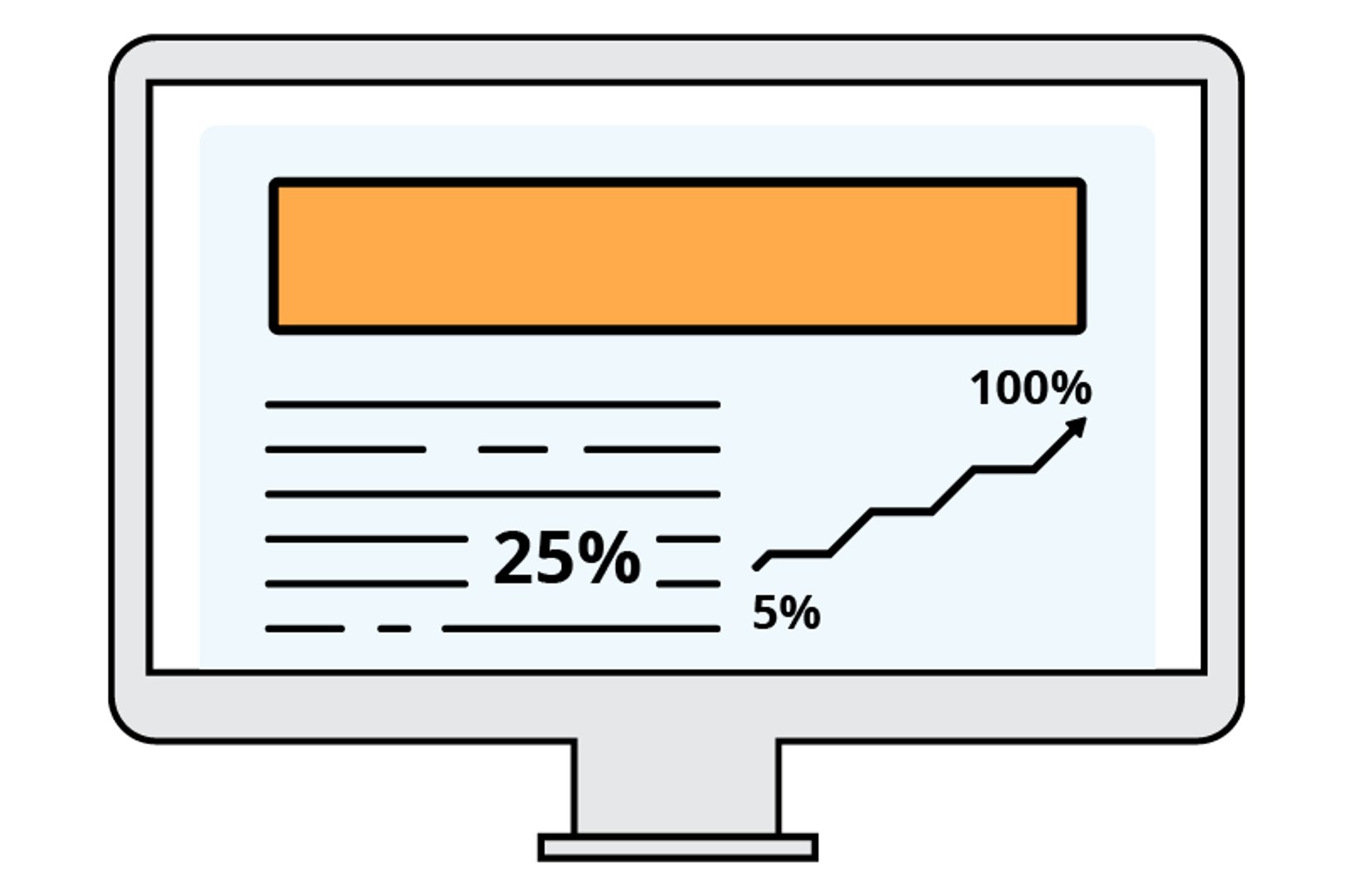
Achieving top converting landing pages
Unbounce has allowed us to systematically test dozens of on-page elements to create some high converting landing pages. Our top landing page currently drives an 18% conversion rate, and that’s had a direct impact on managing Facebook Ad volatility.
We’ve married our ad creative process to our landing page creation process with great results. In essence, whenever our designer creates a new creative, we create a new landing page using the imagery as the main vanity shot.
The other elements within our landing pages are fairly generic, so widespread testing and continued optimization can go on uninterrupted.
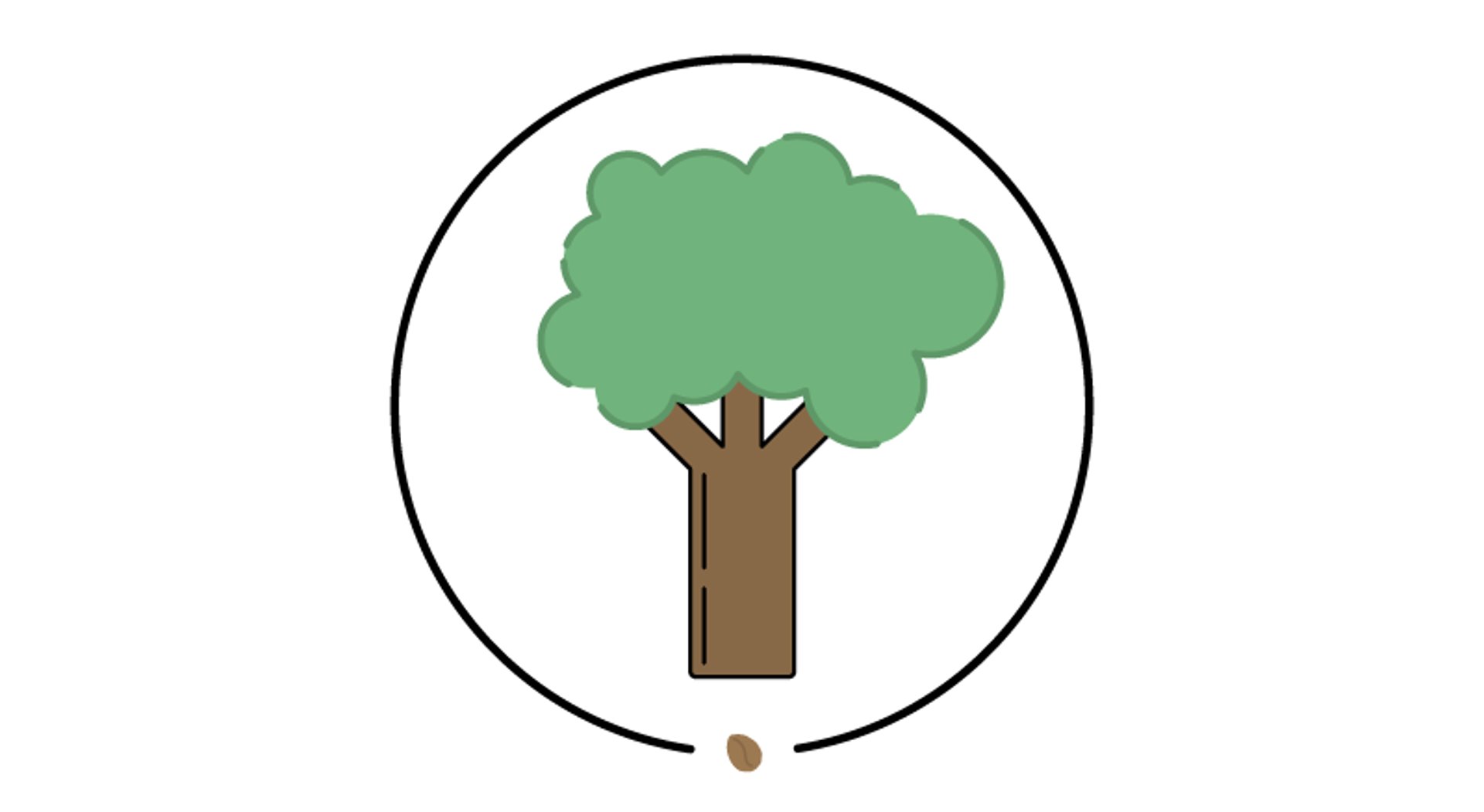
Achieving top converting landing pages
If your mission as a digital marketer in a growing company is to build a sustainable Facebook Ads program, you need to pay close attention to ad frequency and landing page conversion rates. These are telltale metrics that need to be closely managed in order to keep your Facebook Ads CPAs in check.
Sustainability, at least for us, has been a result of creating good processes and following them. In my experience, it’s hardest to follow a process when performance is at either extreme. When things are good, the risk is complaceny; when things are bad, the risk is overreacting.
Need some help tracking all your hardwork? Check out Klipfolio's Facebook Analytics tool.
I hope you’ve found this useful. I’d love to hear your comments.
Related Articles

How to Build Google Analytics 4 Dashboards in Klips
By Jonathan Taylor — June 6th, 2023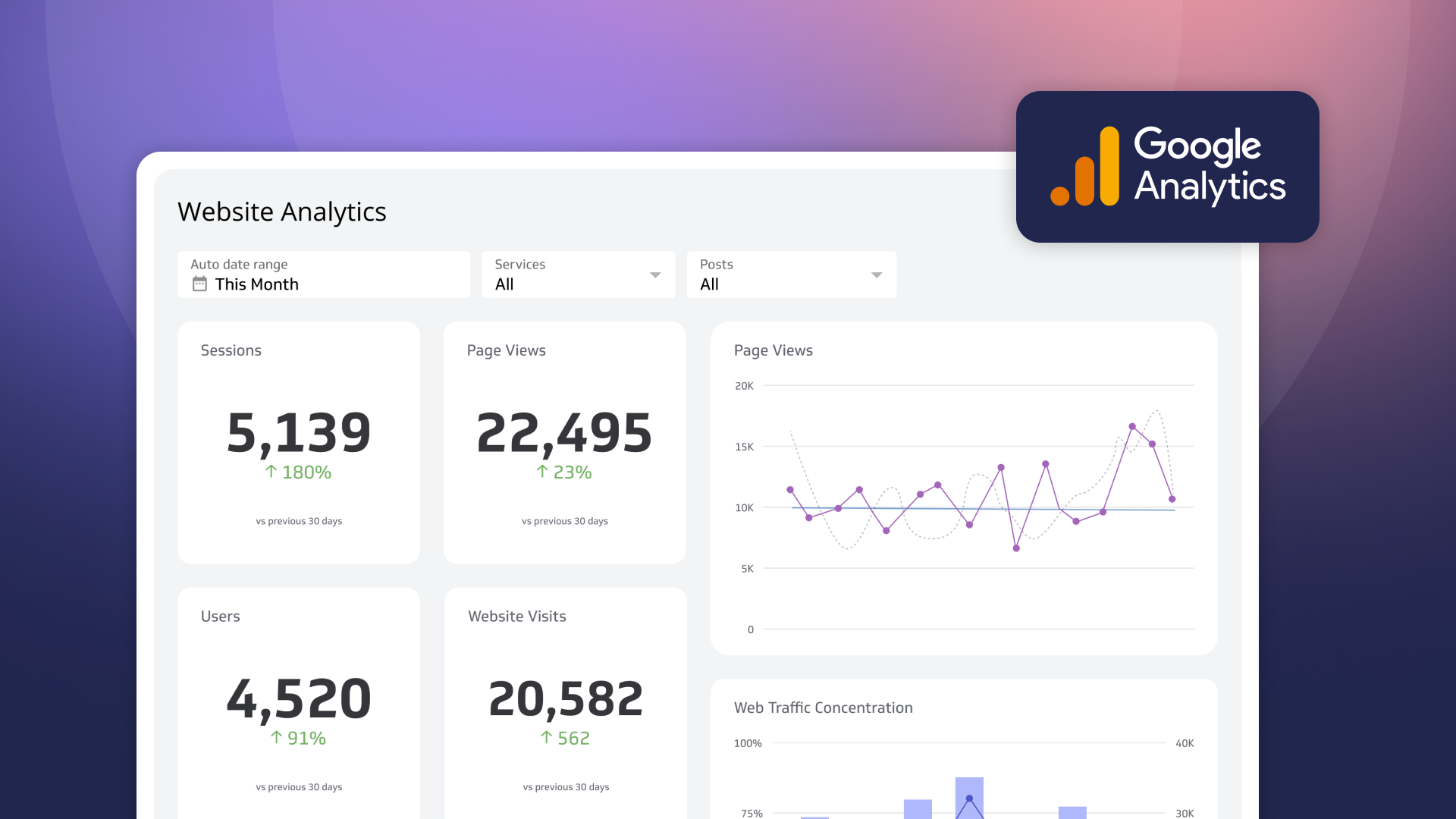
How to use the Google Analytics 4 Query Explorer to export data
By Jonathan Taylor — June 1st, 2023
What are HubSpot lifecycle stages?
By Jonathan Taylor — March 14th, 2022

